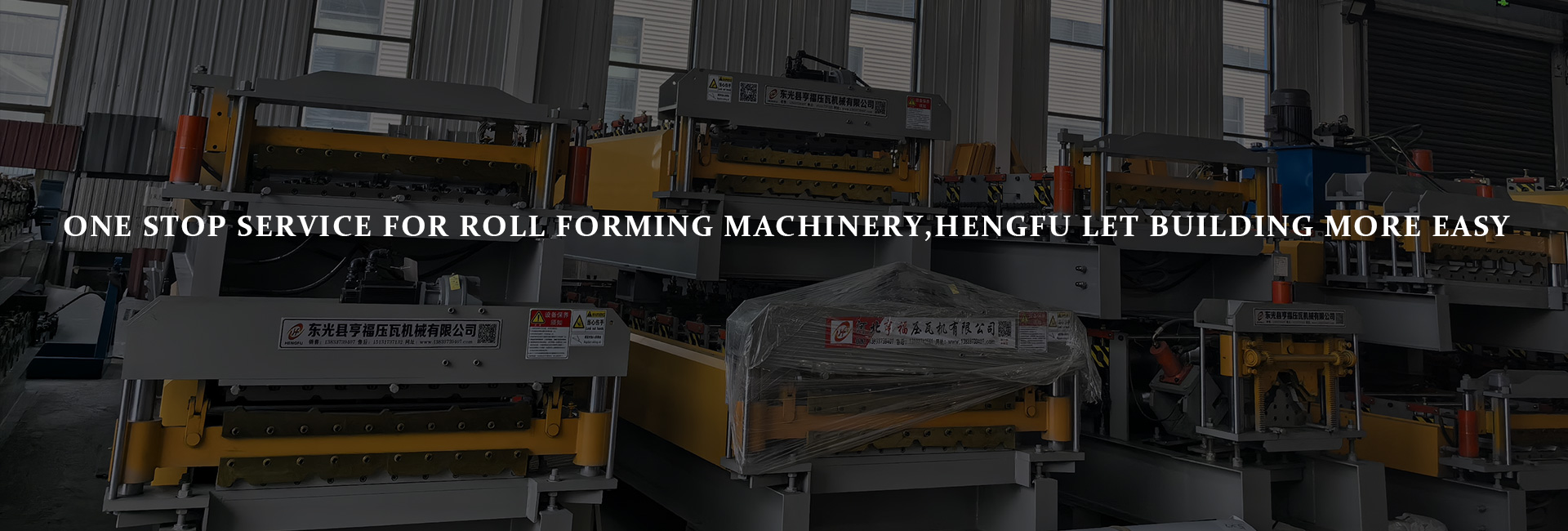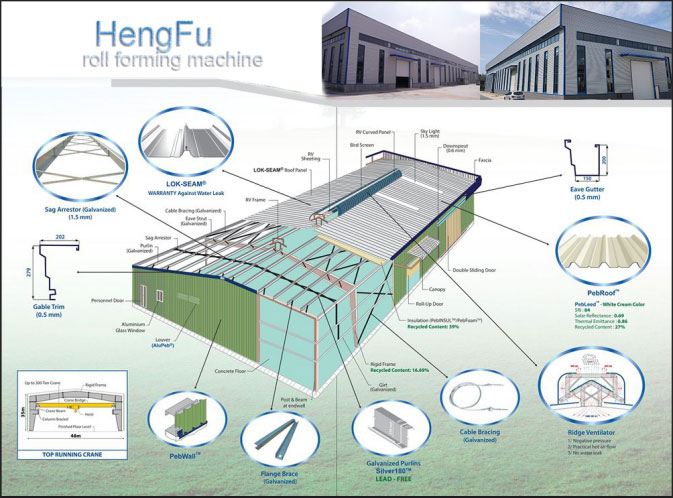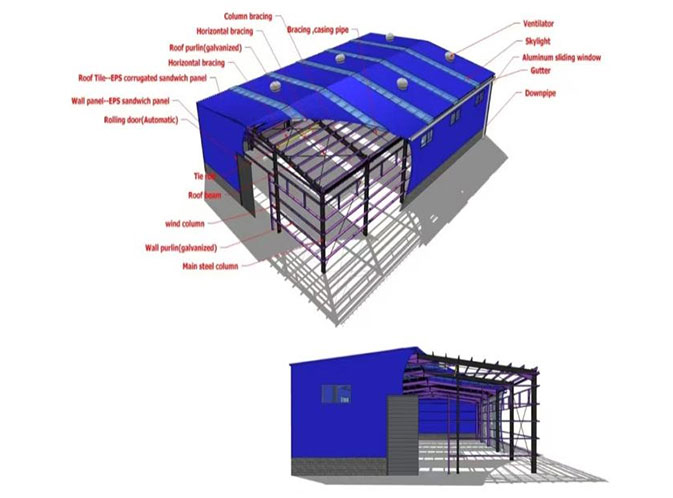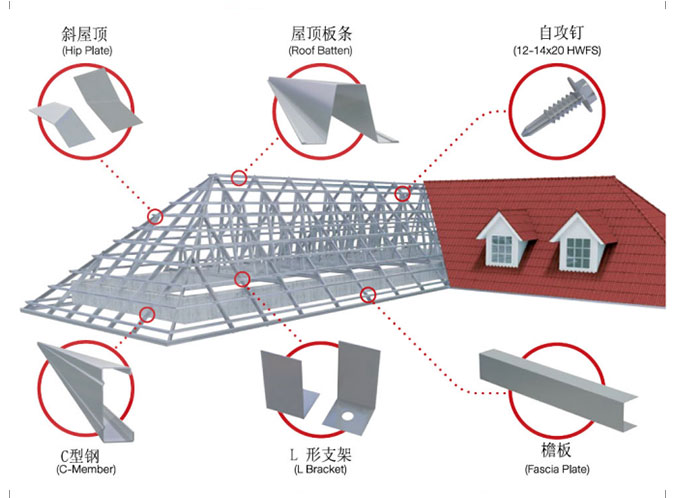Double - Layer Roll Forming Machine: Key Parameters and Purchasing Adaptation Guide
writer:优化 release time:2025-07-03 16:26:46 Views:133frequency
Opening Introduction
In the industrial fields of metal processing and manufacturing as well as roof system construction, the double - layer roll forming machine has become a key technological equipment driving industry development due to its unique advantages. It can produce two different types of profiles in one go, demonstrating remarkable effects in enhancing production efficiency, reducing costs, and strengthening equipment versatility. This article will conduct an in - depth analysis of the core parameters of double - layer roll forming machines and provide comprehensive and practical purchasing adaptation guidelines for buyers worldwide, helping them make scientific and reasonable purchasing decisions.

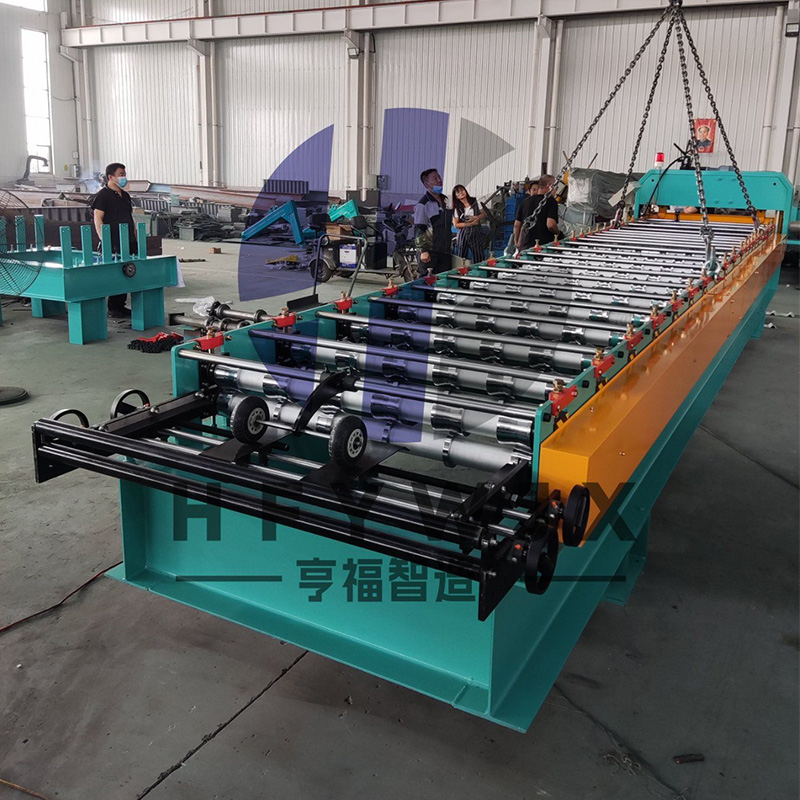
Analysis of Core Parameters of Double - Layer Roll Forming Machines
1. Material Thickness Adaptability and Yield Strength Range
Double - layer roll forming machines possess a wide range of material processing capabilities. In terms of material thickness, they can typically handle materials within the range of 0.3 mm to 0.8 mm. Some high - end models that have undergone special design and optimization can even process materials with a thickness of up to 1.0 mm. The yield strength of the material is also an important factor affecting machine performance. Most double - layer roll forming machines can easily handle materials with a yield strength of up to G250 MPa or higher, although the specific value may vary depending on the machine model and configuration.
2. Forming Efficiency: Speed Indicators
Forming speed is one of the key indicators for measuring the performance of a double - layer roll forming machine. In actual production, the forming speed of such machines usually falls within the range of 10 meters to 25 meters per minute. Among them, some models equipped with advanced PLC control systems and high - power motors, such as certain high - speed dedicated models, can break through the 25 - meter - per - minute mark in forming speed, significantly improving overall production efficiency and creating higher economic benefits for enterprises.
3. Roll Configuration and Material Characteristics
The number of roll stations varies according to the machine's design architecture and the complexity of the profiles being produced. Generally, each layer of a double - layer roll forming machine is configured with 12 to 18 roll stations. This configuration ensures precise and consistent processing of profiles during the forming process. The rolls are made of high - quality 45# steel. After undergoing strict heat treatment processes and hard chrome plating, their hardness can reach HRC58 - 62, guaranteeing excellent durability and wear resistance during long - term use and effectively reducing equipment maintenance costs.
4. Shaft Diameter Specifications and Material Requirements
The size of the shaft diameter plays a crucial role in maintaining stability and precision during the forming process. Most double - layer roll forming machines have a shaft diameter designed within the range of 70 mm to 76 mm. The shaft body is manufactured from high - quality steel and undergoes heat treatment processes such as quenching and tempering to enhance its strength and durability, ensuring stable performance even under high - speed operation and heavy - load working conditions.
5. Power System Configuration
The main motor power and hydraulic station power are the two core elements of the power system of a double - layer roll forming machine. The main motor power usually ranges from 4 kW to 11 kW, with the specific value depending on the machine model and the type of profiles being produced. The hydraulic station is mainly responsible for supplying power for auxiliary functions such as cutting, and its power generally ranges from 2.2 kW to 5.5 kW. A reasonable power configuration ensures smooth and efficient machine operation and reduces the probability of failures.
6. Advantages of Intelligent Control Systems
Modern double - layer roll forming machines are generally equipped with advanced PLC control systems. These systems can precisely control various parameters during the forming process, including forming speed, profile length, and cutting position. Operators can easily set parameters through a simple and intuitive interface and monitor real - time data of the production process. Some high - end models are further upgraded with touch - screen operation interfaces and remote monitoring functions, greatly improving operational convenience and production management efficiency.
Purchasing Adaptation Guide for Global Buyers
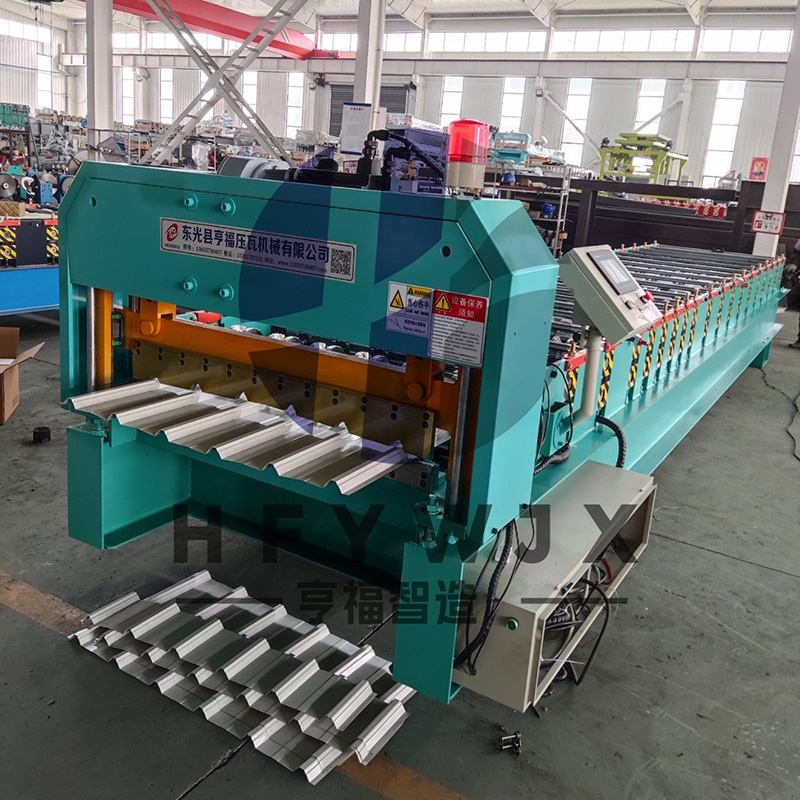
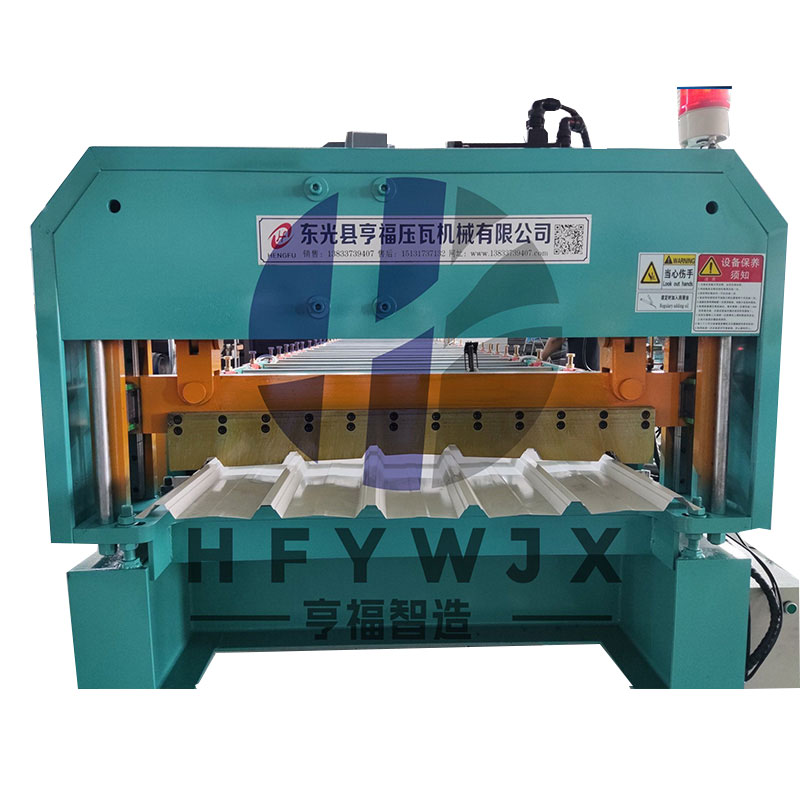
1. Precisely Define Production Requirements
Before deciding to purchase a double - layer roll forming machine, buyers need to conduct a comprehensive and precise assessment of their production requirements. This includes clarifying the types of profiles to be produced, the required material thickness range, and yield strength requirements, as well as considering the desired production speed. Only with a clear understanding of these key pieces of information can they selectively choose a machine model that suits their production needs.
2. Reasonably Consider Machine Configurations
There are numerous configurations of double - layer roll forming machines on the market, with differences in the number of roll stations, shaft diameter size, and motor power among different configurations. Buyers should select a machine configuration that achieves the best balance between performance and cost based on their production scale and product characteristics. They should ensure that the machine can meet current production needs while avoiding over - configuration that leads to resource waste.
3. Strictly Evaluate the Comprehensive Strength of Suppliers
Choosing a reputable and powerful supplier is crucial for ensuring the quality and after - sales service of a double - layer roll forming machine. Buyers can learn about the supplier's reputation through various channels, such as consulting industry evaluation reports and other users' usage experiences. At the same time, they should focus on whether the supplier can provide comprehensive after - sales services, including timely technical support, sufficient spare parts supply, and professional operator training, to ensure that the equipment can be properly maintained and managed during subsequent use.
4. Emphatically Check Certification and Compliance
To ensure that the purchased double - layer roll forming machine complies with international quality and safety standards, buyers should request relevant certification documents from the supplier, such as CE certification, ISO certification, and TUV certification. These certifications are important guarantees for the machine's quality and safety, proving that the machine has undergone strict testing and inspection during the design and manufacturing process and meets industry norms and standard requirements.
5. Flexibly Explore Customization Options
Many suppliers offer customization services for double - layer roll forming machines to meet the individual needs of different customers. If buyers have unique profile design requirements, specific material processing needs, or special functional expectations for the control system, they can communicate in - depth with the supplier and elaborate on their needs in detail. The supplier will then design and produce the machine according to the buyer's requirements to ensure that the finally delivered equipment fully meets the buyer's expectations.
Academic References
· Journal of Manufacturing Processes: This internationally recognized journal publishes research on various manufacturing methods, including process optimization and performance analysis in roll forming. Its findings provide theoretical support for improving production technologies and operational efficiency.
· Materials & Design: This publication covers comprehensive research in materials science and structural design. It includes studies relevant to material performance and profile optimization in roll forming applications, offering valuable insights for product innovation and engineering design.
· Wiley-VCH: As a leading scientific publisher, Wiley-VCH has produced a number of authoritative books related to metal forming technologies. These resources provide technical knowledge and application guidance valuable to professionals in the roll forming industry.
Conclusion and Outlook
As an important piece of equipment in the fields of metal processing and roof system manufacturing, the double - layer roll forming machine has injected strong impetus into industry development with its excellent performance in terms of efficiency, cost, and versatility. By gaining an in - depth understanding of its core parameters and referring to the purchasing adaptation guidelines provided in this article, global buyers can conduct equipment purchases more scientifically and reasonably, ensuring that the selected machines perfectly match their production needs and lay a solid foundation for enterprise development. With continuous technological progress and innovation, the double - layer roll forming machine is expected to demonstrate broader application prospects and development potential in the future.


